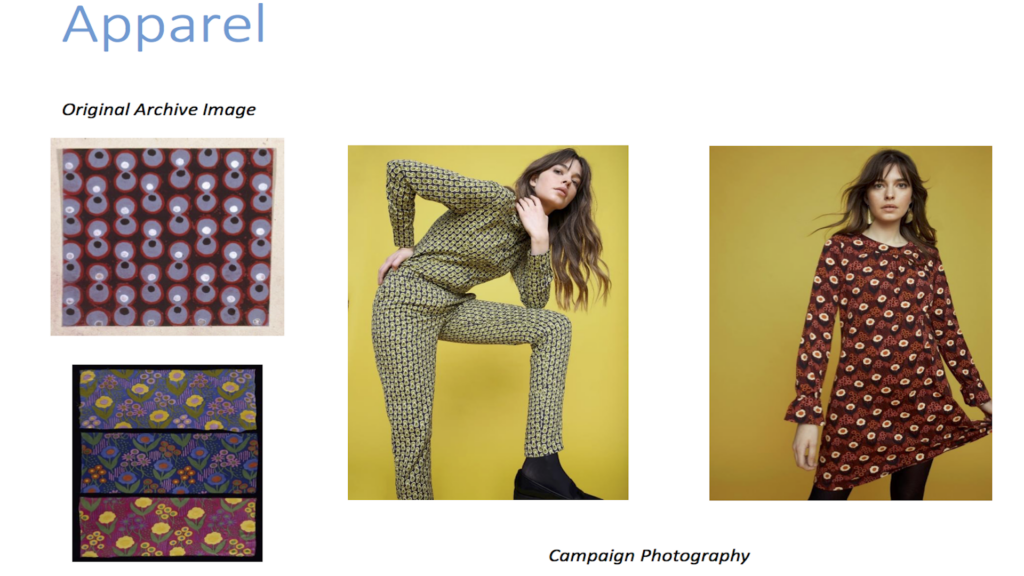Cultural attractions are ideally placed to license products:
- Licensed products extend an institution’s mission to entertain and educate by harnessing storytelling into desirable goods
- Cultural institutions are trusted, timeless brands that audiences want to contribute to.
In the mid-1990s, the Victoria and Albert Museum (V&A) toured an exhibition celebrating the 19th century designer William Morris through Japan — so great was the demand for his symmetrical patterns of the natural world that the London institution began pioneering a practice for which it’s now famous; product licensing.
Today, no visit to the V&A is complete without a gander through the gift shop and this is due to the museum’s fastidious approach to product licensing. It has a team dedicated to facilitating licensing products, consults a trend agency to identify macro and micro consumer patterns, and generates close to 1400 products annually.
While the scale of the V&A’s operation may be unrealistic for most, the art and non-profit sector is seeing fast growth in the licensing industry and at a moment of financial strain could prove a vital source of revenue. Here’s why;
Natural Storyteller
From in-store concerts to celebrity ambassadors and event sponsorships, contemporary brands strive to show they are more than their products by telling inspiring stories.
This long-term trend towards edutainment is something cultural institution do as their core activity, “although retail is secondary, it’s growing in importance,” says Lauren Sizeland Head of Licensing and Business Development at the V&A, “our sector is ahead of the game in terms of being able to entertain people physically”.
Working from rich archives, good licensing partners create products that are an extension of an institution’s mission to entertain and educate by harnessing these stories into desirable goods.

V&A’s collaboration with ethical clothing brand People Tree. Archives are valuable resources for creating evergreen products — artworks, manuscripts, artifacts never go out of fashion. Image: V&A presentation
One example is the V&A’s collaboration with the fair trade fashion pioneer, People Tree, to create two capsule collections based on 1930s textile designs. “Worked together to apply something ancient from the archives and make it cool,” says Sizeland, “trends are really important to us, we want to be relevant to today’s audience.”
Done right, licensing products builds brand awareness and market reach, “museums have enormous knowledge both from the archives and the people who serve [the institutions]” says Sizeland, “[through products] we are able to share knowledge, we can inspire the public, and provide depth and authenticity.”
Inherent Goodwill
Large brands spend big to demonstrate their ethical sensibilities and cultivate consumer goodwill. Cultural institutions, by comparison, have public trust by virtue of their non-profit status and strong community work.
Now more than ever, consumers want to contribute to supportive organizations and purchasing a product is an appealing way of doing so. “Institutions are trusted, they are reliable,” says Sizeland, “at this time they offer reassurance.”
This baseline consumer trust is furthered by the stability of cultural institutions as brands, says Julie Newman of Jewel Branding & Licensing who works with cultural attractions such as New York Botanical Garden and National Wildlife Federation, “they’ve been around for decades, maybe centuries, they’re evergreen, never going out of style”.
One aspect of this stability rests on cultural organizations being naturally risk averse. While necessary investments must be made in staffing and creating strong brand guidelines, licensed products should be viewed as an effective, low risk means of brand building.



